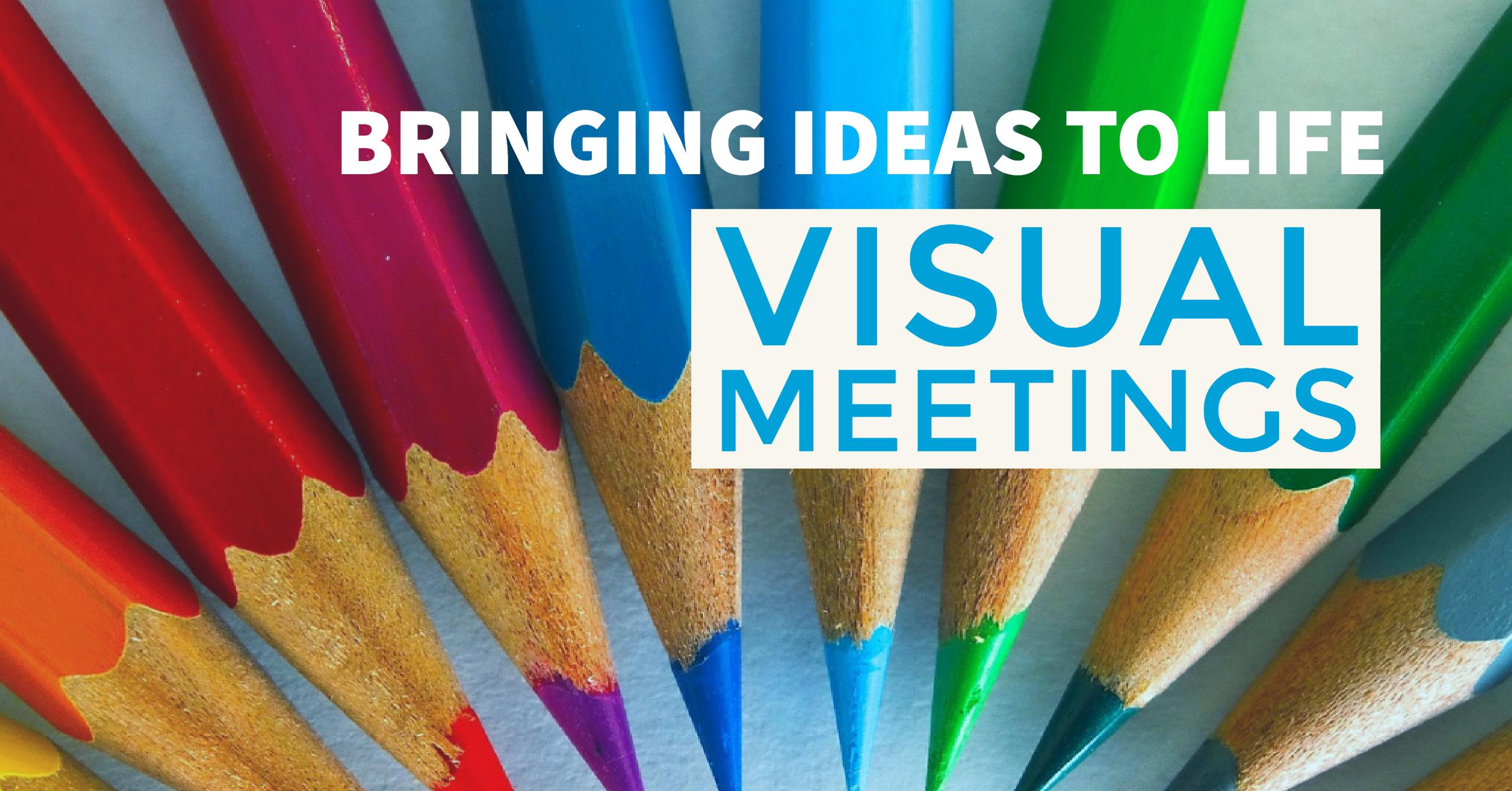
How do you know if you’re part of a good work team? I’ve been having lots of wonderful and intriguing discussions with friends of mine about teams. With my soccer team, about why we like each other enough to hang out when we don’t have to. With my friend Ann Max, who coaches corporate teams towards productivity. I also chatted at length with my friend Jen Hunter, who works with leadership teams to build on their collective strengths. The question is harder to answer than you might think. For one, sometimes people don’t know that they’re in a team.
I once had a colleague who regularly and without fail tried to ambush his team members. He saw us as competition. Was he a bright and capable guy? Absolutely, he is one of the smartest people I’ve worked with. He just couldn’t imagine us as being on a team and so saw us as chasing the same scarce resources, whatever he imagined them to be. Did the rest of us think he was competition? Nope, we thought we were on a team. Therefore, we were regularly surprised at his negative response to simple initiatives. If you’ve read my blog before, you’ll know I think surprises at work are terrible things with disastrous results.
Of course, there are those times when a team comes together and does amazing things. When this happens, it creates synergy, energy and amazing outcomes. My soccer team does one thing consistently, we laugh. If we don’t laugh, then what’s the point of getting together? We also know what roles we play.
I’ve been fortunate enough to have some fantastic work teams, those times when a group of individuals transcends their independent parts to produce results well beyond their scope. One of the tricks of success is that we didn’t allow ourselves to get too insular. Not only is navel-gazing boring, but it epitomizes counter-productivity.
Good teams also know that effective communication is central to success. Good teams have frank conversations, respectful consideration of ideas and the freedom to laugh at each other and ourselves when things get goofy. They are patient. Good ideas take time to share and understand and they can’t come to fruition without a team patient enough to listen. If you’re on a good work team you’ll know it because you not only like your colleagues, you respect them. You certainly won’t be afraid to speak your mind to them.
Quick Tips
- Good team members give each other time, patience and fun.
- They respect and can anticipate each other.
- Good teams happen when you realize that you are collectively better than your individual parts.
- Good teams are self-aware, everyone knows what their role is and how that role connects to and supports others.
- Most importantly, good teams communicate.
Related articles
- 8 Fun Activities to Help Build Your Team – OfficeArrow Marketplace




















